Training the Older Adult: 3 Keys to Improving Your Effectiveness Training the Older Adult Client
We recently completed our first full 3-day training certification of the Integrative Corrective Exercise Instructor™ certificate program. The weekend was especially rewarding because it is the first time we’ve offered this certificate course in this format.

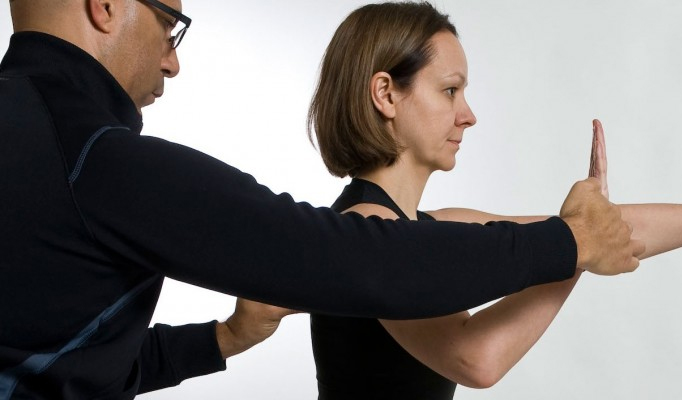

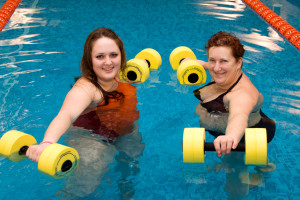 There has been extensive research to explore the various uses, aides, restrictions, and safety measures relating to the use of water and the individual who chooses aquatics as a form of therapy or training. Included in that work is a variety of patient diagnosis, current states of health and the necessary modifications for particular swim strokes, stability, and safety.
There has been extensive research to explore the various uses, aides, restrictions, and safety measures relating to the use of water and the individual who chooses aquatics as a form of therapy or training. Included in that work is a variety of patient diagnosis, current states of health and the necessary modifications for particular swim strokes, stability, and safety.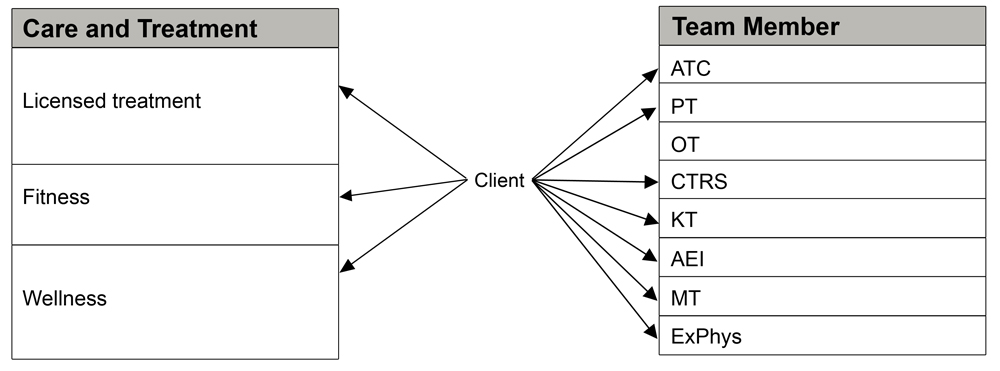
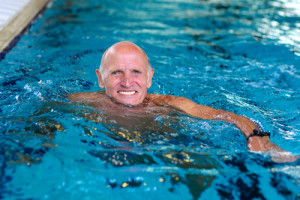 The modifications that have to be made for an individual with an upper body amputation will differ from the modifications that need to be made for someone with a lower body amputation. The location of the amputation of the limb is also relevant to the necessary adjustments. The adjustments and aides for someone who has suffered from cerebrovascular hemiparesis will be different from someone who suffers from arthritis pain or who is a paraplegic.
The modifications that have to be made for an individual with an upper body amputation will differ from the modifications that need to be made for someone with a lower body amputation. The location of the amputation of the limb is also relevant to the necessary adjustments. The adjustments and aides for someone who has suffered from cerebrovascular hemiparesis will be different from someone who suffers from arthritis pain or who is a paraplegic.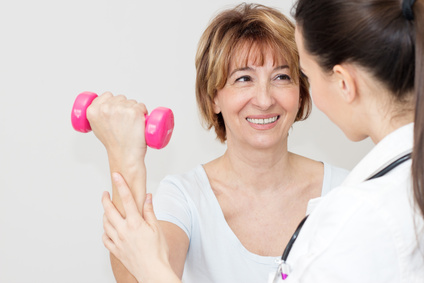
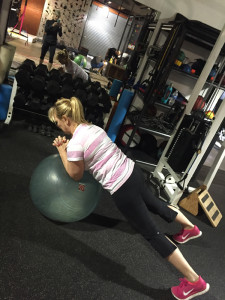 I had my first hip surgery, hip resurfacing, in 2006 when I was 49, and then in 2010, I had hip replacement surgery at age 53. My surgeon told me that life caused these problems plus a high tolerance for pain and hyper-mobility. You see, I was an athlete my whole life. I have also worked as a personal trainer my entire life and have had many clients with a variety of injuries. I know how it feels to be in pain and I got my life back.
I had my first hip surgery, hip resurfacing, in 2006 when I was 49, and then in 2010, I had hip replacement surgery at age 53. My surgeon told me that life caused these problems plus a high tolerance for pain and hyper-mobility. You see, I was an athlete my whole life. I have also worked as a personal trainer my entire life and have had many clients with a variety of injuries. I know how it feels to be in pain and I got my life back.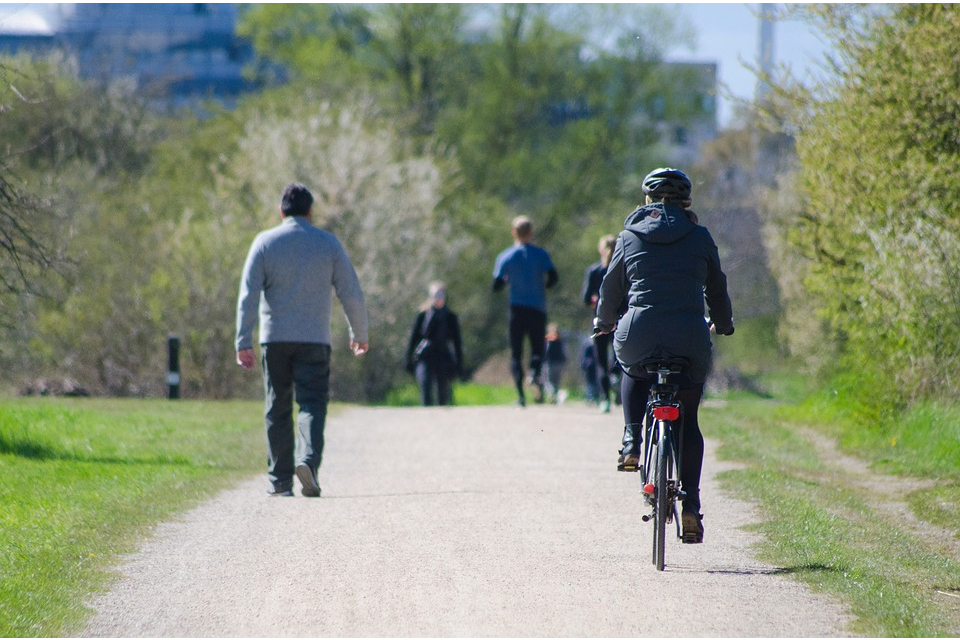
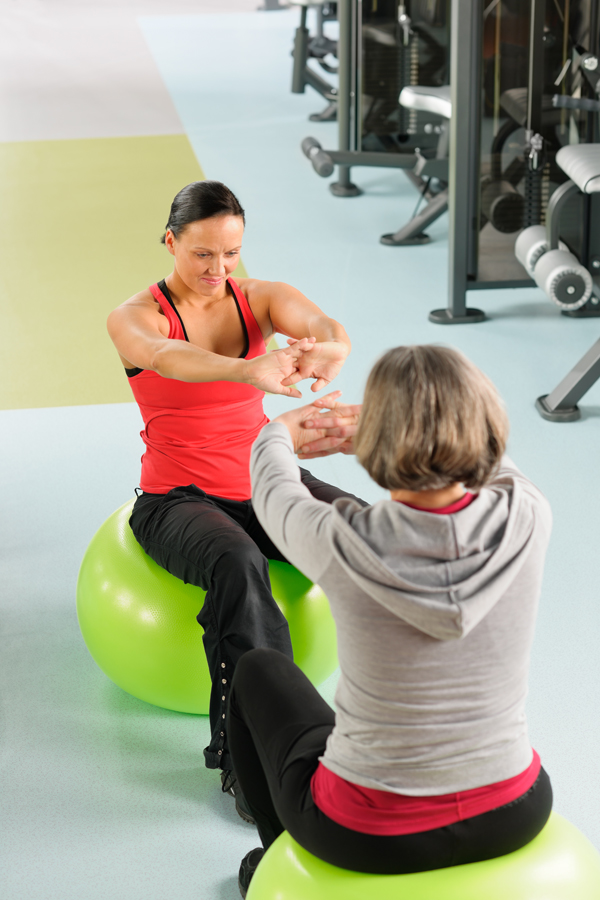 It’s well-known exercise plays a vital role in your physical health, and now studies propose staying fit in midlife may protect your brain as well, avoiding mental deterioration in later years.
It’s well-known exercise plays a vital role in your physical health, and now studies propose staying fit in midlife may protect your brain as well, avoiding mental deterioration in later years. Important to note, one’s fitness level is strongly linked to what you eat. People who are overweight as well as those who don’t eat healthfully, do not have the will, energy or capacity for regular exercise. When you eat right, you’re more likely to get fit; when you don’t eat right it is very difficult to get fit.
Important to note, one’s fitness level is strongly linked to what you eat. People who are overweight as well as those who don’t eat healthfully, do not have the will, energy or capacity for regular exercise. When you eat right, you’re more likely to get fit; when you don’t eat right it is very difficult to get fit.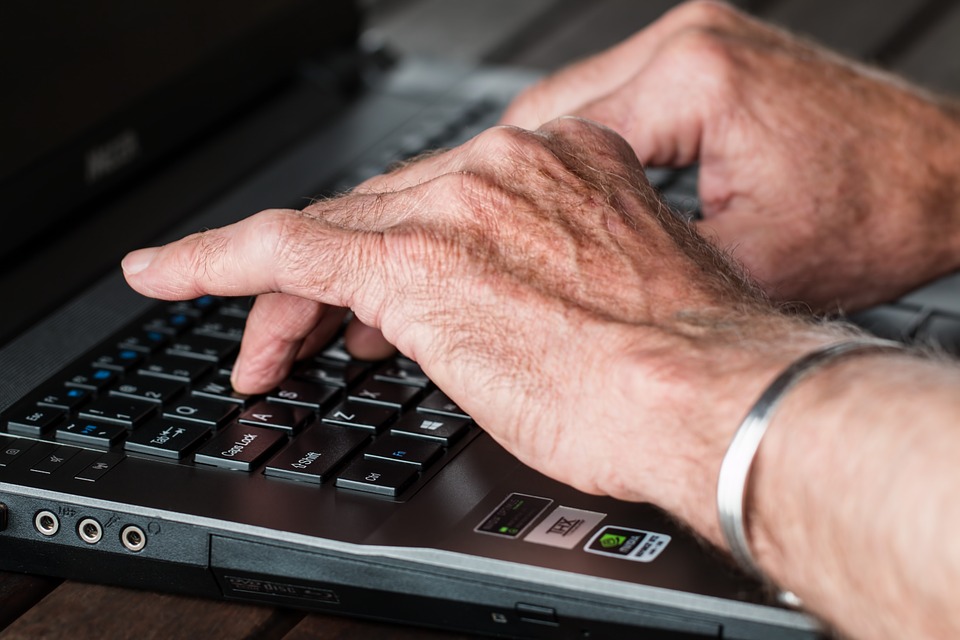
 In examining this subject I have found myself wondering about the challenges that this complex issue of technology and its impact on our lives is having. The reality is that NO ONE really knows what the impact of technology and our way of life holds in store for any of us. We DO know there is going to be a “reckoning” and that if we remain seated and stressed then significantly negative consequences will surely emerge. These include ongoing chronic medical issues such as heart disease, diabetes, and mental disturbances of all kinds to name a few. Finally an unhealthy aging process where people of all ages will be treated for these and other conditions will become a daily part of life for families all over America.
In examining this subject I have found myself wondering about the challenges that this complex issue of technology and its impact on our lives is having. The reality is that NO ONE really knows what the impact of technology and our way of life holds in store for any of us. We DO know there is going to be a “reckoning” and that if we remain seated and stressed then significantly negative consequences will surely emerge. These include ongoing chronic medical issues such as heart disease, diabetes, and mental disturbances of all kinds to name a few. Finally an unhealthy aging process where people of all ages will be treated for these and other conditions will become a daily part of life for families all over America. From that moment on the world changed and with Steven Job’s invention of the cell phone a decade later the change became REAL and LASTING. We now live in a “seated world” where the only movement people get is when they get out their cars to do something that they CAN’T do from their cars. We line up at the drive through for banking, food and other services that keep us from walking. People even order at the drive through and now employees “walk” their order out to their cars. People SIT in their cars with the engine running eating their fries and burgers. I see this everyday also and it makes me wonder how their lives will turn out. Will they live lives of fulfillment and excitement and health or be in hospitals for “procedures” to keep them alive?
From that moment on the world changed and with Steven Job’s invention of the cell phone a decade later the change became REAL and LASTING. We now live in a “seated world” where the only movement people get is when they get out their cars to do something that they CAN’T do from their cars. We line up at the drive through for banking, food and other services that keep us from walking. People even order at the drive through and now employees “walk” their order out to their cars. People SIT in their cars with the engine running eating their fries and burgers. I see this everyday also and it makes me wonder how their lives will turn out. Will they live lives of fulfillment and excitement and health or be in hospitals for “procedures” to keep them alive?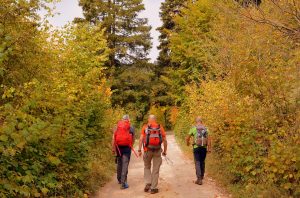 As my dear friend Edith Bird has said to me on numerous occasions: “Getting old is NOT for sissies”! Edith is 84 and works out four times a week doing cardio and weights and stretching. She has a wonderful soul and never makes excuses while being blessed with a wonderful heart and nature. I respect her and admire her. I tell her she is MY role model and we laugh and enjoy the time we spend together at the gym – and then we go our separate ways until the next time we see each other.
As my dear friend Edith Bird has said to me on numerous occasions: “Getting old is NOT for sissies”! Edith is 84 and works out four times a week doing cardio and weights and stretching. She has a wonderful soul and never makes excuses while being blessed with a wonderful heart and nature. I respect her and admire her. I tell her she is MY role model and we laugh and enjoy the time we spend together at the gym – and then we go our separate ways until the next time we see each other.
 The leading Boomers are 63-72 and they are becoming “seniors” in a completely new way. In fact programs like Silver Sneakers, and other “senior” fitness programs, they are not attending, because as they would put it, those are for “old people ”….maybe for my mom or dad, but not me! This entire generation is breaking the mold on aging and is looking for something new, something cutting edge, something to give them a competitive advantage on their next 20-30 years. They want to give the grand kids a run for their money and they are only just beginning to take on new adventures. So they need personal trainers, group fitness instructors and fitness programming to be the best it can be.
The leading Boomers are 63-72 and they are becoming “seniors” in a completely new way. In fact programs like Silver Sneakers, and other “senior” fitness programs, they are not attending, because as they would put it, those are for “old people ”….maybe for my mom or dad, but not me! This entire generation is breaking the mold on aging and is looking for something new, something cutting edge, something to give them a competitive advantage on their next 20-30 years. They want to give the grand kids a run for their money and they are only just beginning to take on new adventures. So they need personal trainers, group fitness instructors and fitness programming to be the best it can be.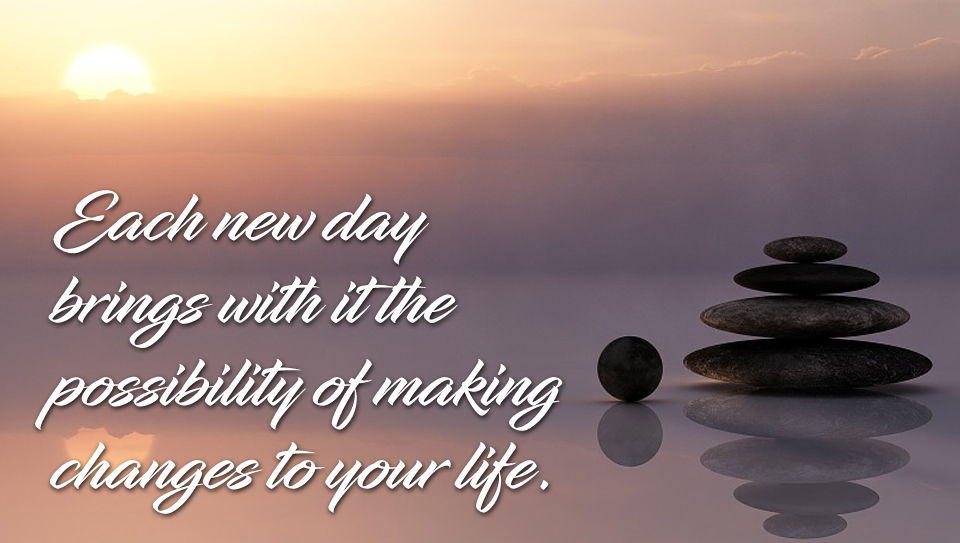


 Planet earth really should be called the water planet. 71% of the earth’s surface is covered with water. Also, when you explore land, air, and sea, it becomes quite obvious that perhaps the most interesting world lies under the water. An ecosystem so diverse, expansive and fascinating.
Planet earth really should be called the water planet. 71% of the earth’s surface is covered with water. Also, when you explore land, air, and sea, it becomes quite obvious that perhaps the most interesting world lies under the water. An ecosystem so diverse, expansive and fascinating. Your goal it a minimum of 8- eight oz glasses (2 quarts) of water a day. Try to get it in earlier in the day so that you are not visiting the bathroom all night. There may even be added health benefits to drinking a full glass of water
Your goal it a minimum of 8- eight oz glasses (2 quarts) of water a day. Try to get it in earlier in the day so that you are not visiting the bathroom all night. There may even be added health benefits to drinking a full glass of water 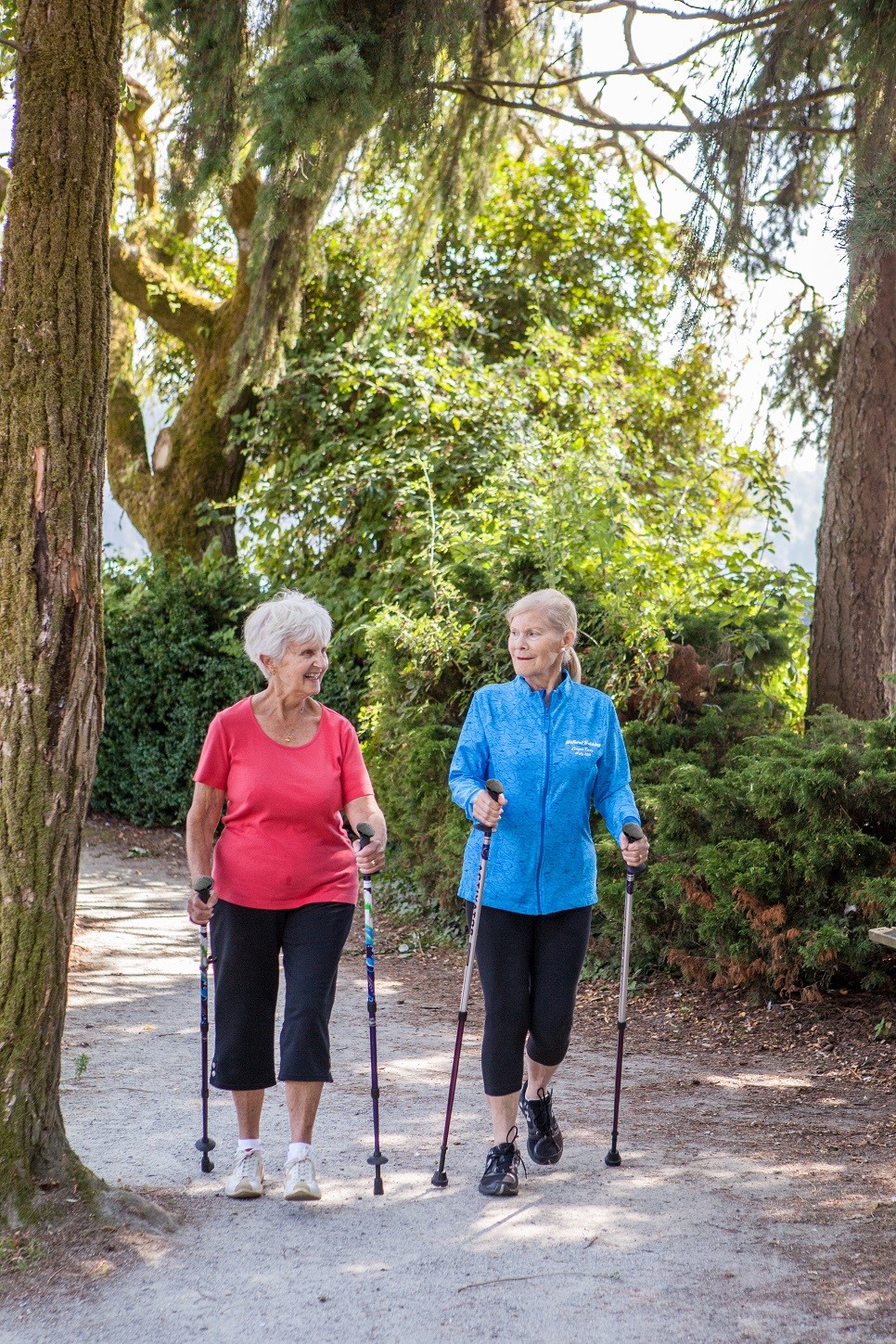
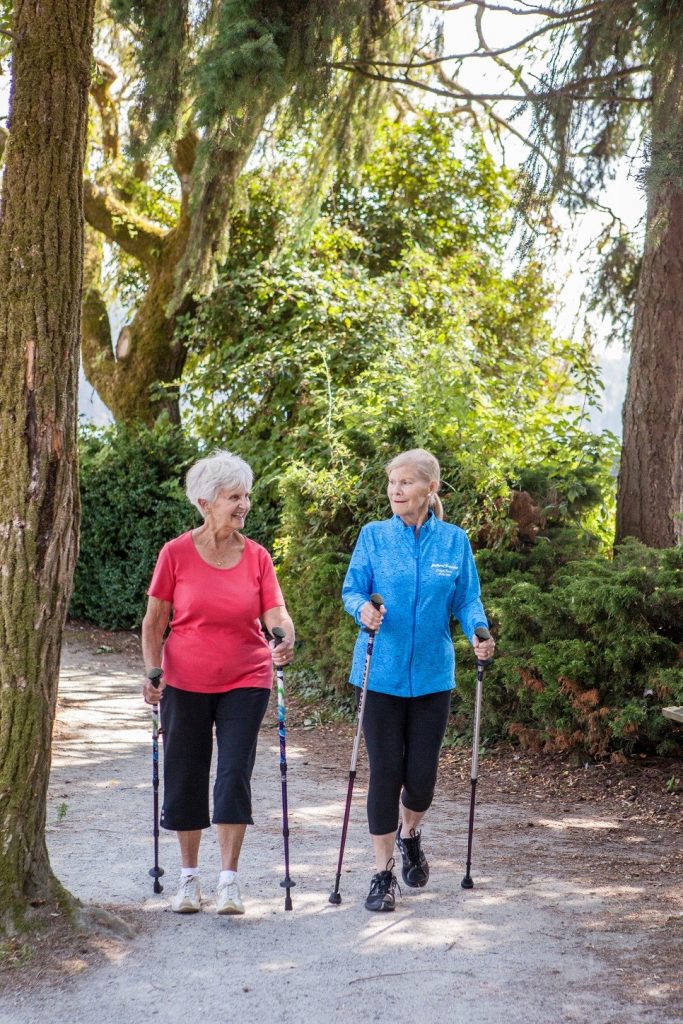 Research Benefits
Research Benefits